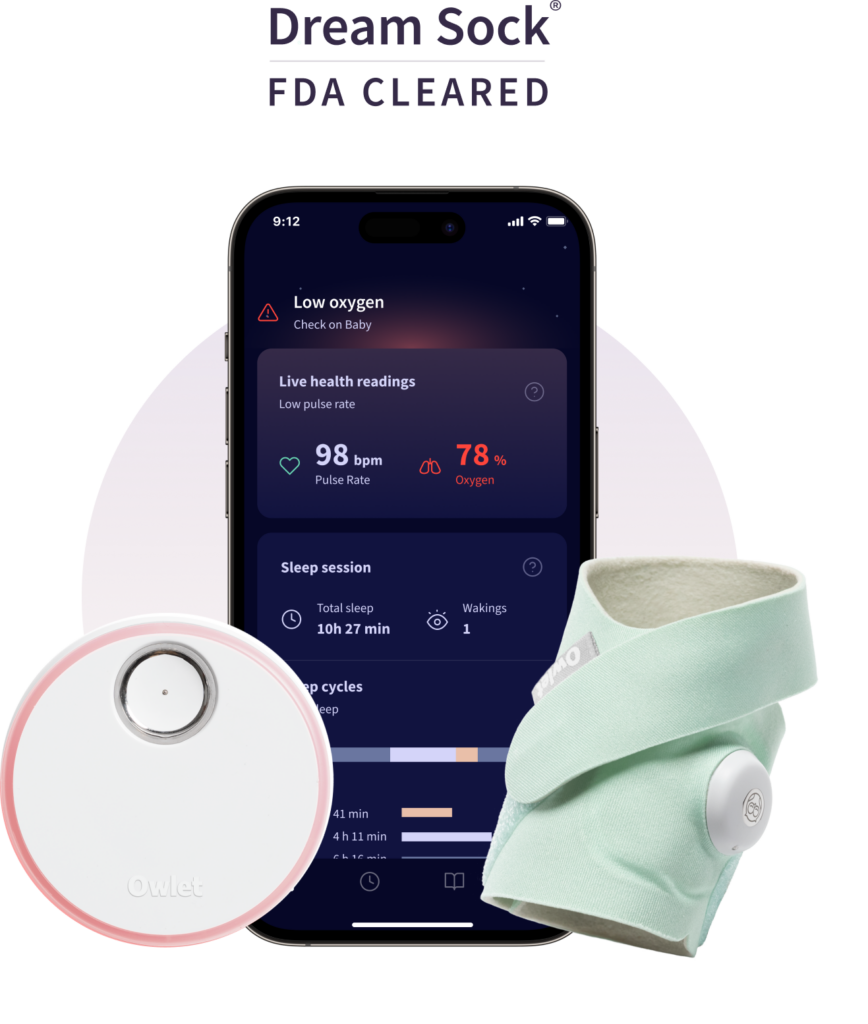Going to HIMSS25 in Las Vegas next week (3-7 March)? The huge annual conference, now run by Informa Markets, still features the HIMSS organization and head Hal Wolf front and center. But most go there not so much for the information sessions but for the networking, greeting, demo-ing ones’s wares, and meetings meetings meetings. (And Las Vegas) Both new are the AI Pavilion and the Interoperability Pavilion. Expect about 30 to 35,000 attendees across three venues in Vegas and if you want to really cover it, wear comfortable shoes. Strategize your show on the airplane or this weekend, and take some time to visit the smaller exhibitors. The always on top of it HIStalk provides a short guide here, though this Editor doesn’t know whether any of their team will attend or they will have some commentary from readers, so check back with them. (No, I won’t be there.) Healthcare Finance News, part of HIMSS Media, has a month-old preview video with editor Mike Miliard and Hal Wolf. To be sure, HIMSS Media publications will be covering nearly everything there except the blackjack. In stereo.
Google Watch’s loss of pulse detection clears FDA, finally. The Pixel Watch 3’s loss of pulse feature, launched last year, had clearance in 14 European countries but the FDA clearance opens the door for its use in the US. Loss of pulse (your heart stops beating) or sensing a pulse will show an “I’m OK” prompt. No answer or activity will trigger an emergency alert and call emergency services. It will be activated for US owners sometime in March. Users have to enable it from the Pixel Watch app on your phone > Safety & emergency. It is similar to Google’s existing Car Crash and Fall Detection features. 9to5 Google, Mobihealthnews
OpenEvidence’s $75 million Series A boosts it to $1 billion valuation. The medical information platform is an aggregator for medical information and research. Its LLM AI chatbot is trained on clinical information sources that include 45 years of the New England Journal of Medicine, licensing agreements with peer-reviewed medical journals, and the Mayo Clinic, from which it was spun off. The company claims use in 10,000 US care centers. It is also free with unlimited use by healthcare professionals, with the app available on Apple’s and Google’s stores. The Series A was funded by Sequoia Capital. The new funds will be used for strategic content partnerships, to train next-generation LLMs, and grow its team of scientists. With total funding over $100 million, its valuation is now $1 billion. Mobihealthnews, CNBC
Retrieve Medical plans to acquire Cúratus LLC. Both seem to be bootstrapped data companies, with Retrieve analyzing patient data from multiple sources using advanced natural language processing (NLP) in its Retrieve Dx product for providers to understand complex clinical histories and diagnose chronic conditions. It integrates with major EHRs. Cúratus provides to health plans and provider groups provider data management, and governance for the Medicare Advantage, Medicaid, and commercial payer markets through its ProviderLenz platform. The letter of intent does not disclose offer price, timing, headquartering, or management transitions. Release
Women’s health is supposed to be hot–but here’s another closure against the trend. HerMD, a Cincinnati-based comprehensive practice focused on women’s health that utilized both in-office visits and in-person assessments, coupled with virtual tools, is closing for unclear reasons, other than “ongoing challenges in health care”, perhaps code for running out of money. Their closure on 21 March was disclosed 24 February in an email to patients. The information is not on the website.
Interestingly, it raised a not-inconsiderable $36 million in total funding from its founding in 2015, with investors including Jazz Venture Partners, B-Flexion, and Amboy Street Ventures, expanding beyond Cincinnati to Indiana, Tennessee, and New Jersey. Why their attractive concept, which included longer form visits and aesthetics, did not gain traction is a mystery to this Editor. Perhaps they should have branched out into that other blistering trend, GLP-1 drugs for weight loss. CincyInno















Most Recent Comments